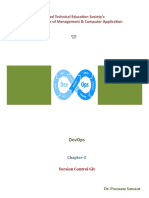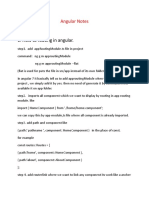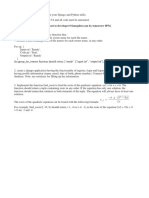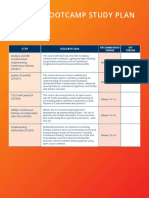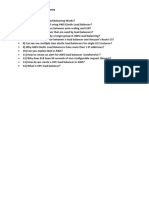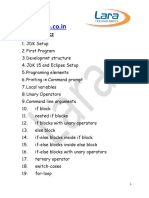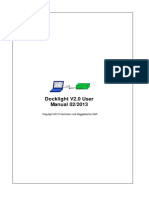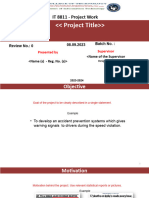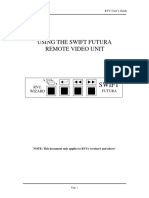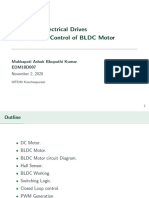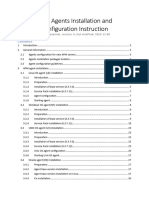0% found this document useful (0 votes)
157 views27 pagesGit Basic Commands
The document summarizes basic Git commands including git init to create a local repository, git status to check the status of files, git clone to clone an existing repository, git add to stage files, git commit to commit changes, git log to view commits, git show to view a single commit, git checkout to switch branches and commits, git branch to manage branches, git reset to undo commits, git remote to manage connections to remote repositories, git pull to fetch and merge remote changes, git push to publish local changes remotely, and git help to get help with Git commands.
Uploaded by
Alicia Lopez RojasCopyright
© © All Rights Reserved
We take content rights seriously. If you suspect this is your content, claim it here.
Available Formats
Download as PDF, TXT or read online on Scribd
0% found this document useful (0 votes)
157 views27 pagesGit Basic Commands
The document summarizes basic Git commands including git init to create a local repository, git status to check the status of files, git clone to clone an existing repository, git add to stage files, git commit to commit changes, git log to view commits, git show to view a single commit, git checkout to switch branches and commits, git branch to manage branches, git reset to undo commits, git remote to manage connections to remote repositories, git pull to fetch and merge remote changes, git push to publish local changes remotely, and git help to get help with Git commands.
Uploaded by
Alicia Lopez RojasCopyright
© © All Rights Reserved
We take content rights seriously. If you suspect this is your content, claim it here.
Available Formats
Download as PDF, TXT or read online on Scribd
/ 27


